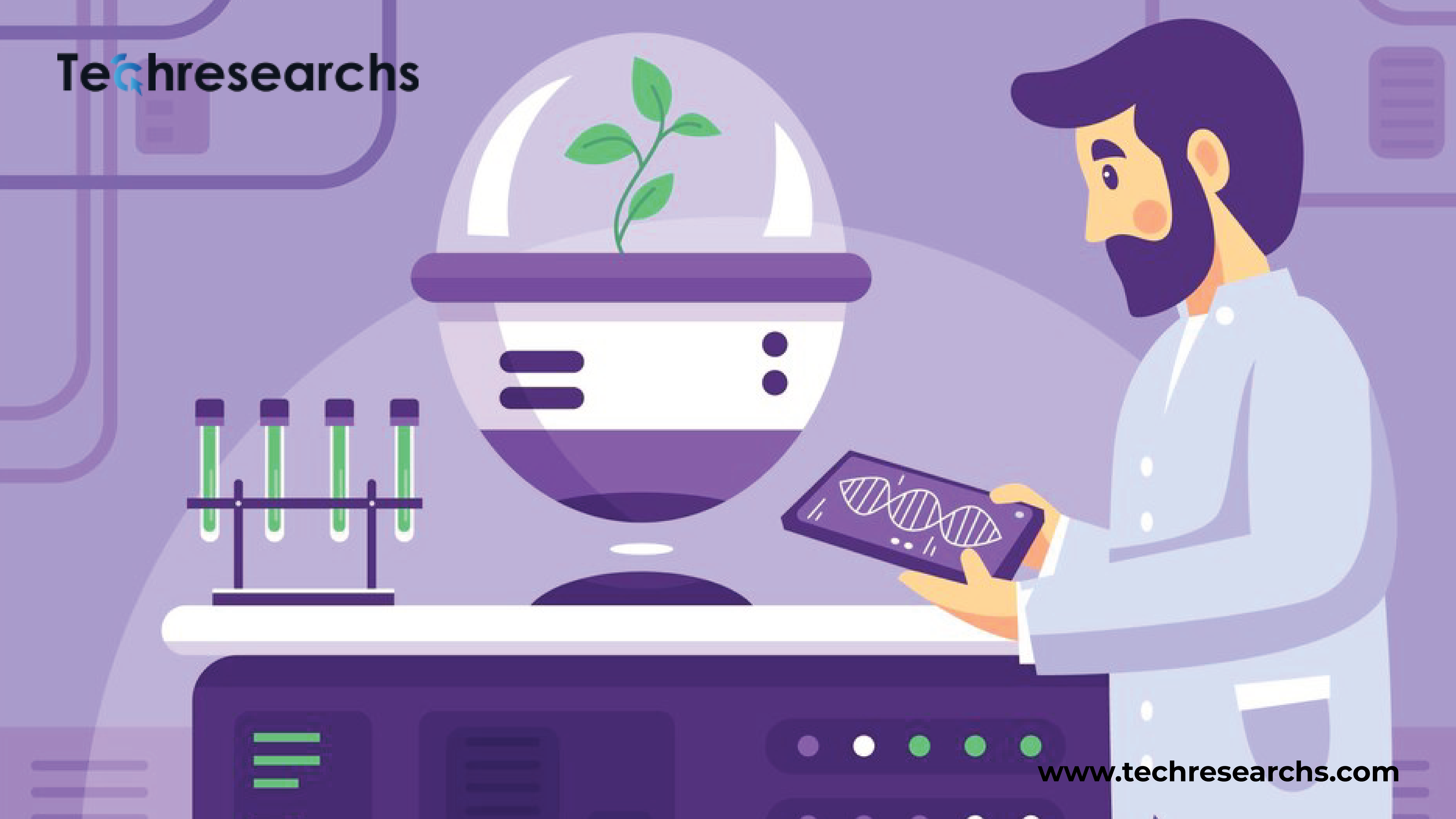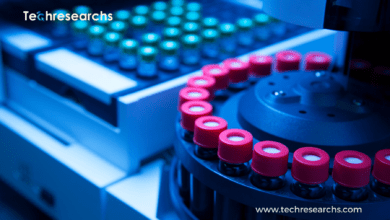Making Cell-Free Biosensors Better For Synthetic Biology


Cell-Free Biosensors:
In the field of synthetic biology, a new branch called cell-free synthetic biology has gained attention due to its potential for efficient in vitro transcription-translation from DNA.
Lysate-based cell-free systems, created by combining cell extract with reaction buffers, are currently the most commonly used systems.
These systems have been instrumental in molecular biology discoveries and the production of recombinant proteins.
This article explores the benefits, challenges, and optimization techniques for improving cell-free biosensors in synthetic biology.
Benefits of Cell-Free Systems in Synthetic Biology
Cell-free systems offer several advantages for synthetic biology applications. These systems provide non-GMO hosts, eliminate growth-dependent challenges, reduce noise levels, lower toxicity risks, enable simple cloning, and offer high adjustability by manipulating DNA component concentrations and buffer elements.
These advantages make cell-free systems a promising platform for the characterization and prototyping of biological circuitry, both natural and artificial.
Challenges in Cell-Free Systems
Despite their potential, cell-free systems in synthetic biology still face challenges. One significant issue is the ineffective repression behavior observed in these systems.
While cell-free synthetic biology has made advancements in metabolic engineering applications, the development of gene circuits has been hindered due to the reliance on repression, which is a common regulatory element in bacterial systems.
Optimization Techniques for Enhanced Repression
To address the problem of low-fold change in cell-free biosensors, our recent study published in ACS Synthetic Biology explored various optimization techniques.
We created a simple biosensor using the transcription factor (TF) psi, which activates GFP production from the ppsiA promoter in response to D-psicose.
The first optimization method involved using an extract that already contains TF proteins. This extract is derived from cells with a constitutive TF-expressing vector.
The TF proteins in the extract repress their cognate promoter in the absence of an inducer. The addition of an inducer derepresses the promoter, leading to GFP production.
The second method utilized preincubation. Initially, a cell-free reaction was conducted using only the TF plasmid to generate TF protein (preincubation).
Subsequently, the reporter plasmid and inducer were introduced to the reaction mixture before protein synthesis was depleted.
The preincubation time affects the balance between TF expression and available resources for GFP production, influencing the biosensor’s effectiveness.
For the third method, the TF was preincubated for 8 hours before initiating the cell-free reaction again (two-step reaction).
The reporter plasmid, along with a fresh cell-free mix, was introduced to restart the reaction. This approach demonstrated an improvement in the biosensor’s effectiveness when 15 or 30 μl of the reporter DNA solution was added.
Applications and Future Directions
By comparing the unoptimized biosensor with two different optimized biosensors, we were able to track the enzymatic synthesis of D-psicose from fructose.
The improved biosensors showed measurable D-psicose synthesis, demonstrating the potential for monitoring multi-enzyme pathways in a faster and more efficient design-build-test cycle.
These optimization techniques can be further employed to enhance gene circuits and cell-free biosensors that rely on repressors, expanding the utility of cell-free systems in synthetic biology.
Learn more about Bioprocessing Hybrid Models: Integrating AI and ML for Enhanced Efficiency
Conclusion:
Cell-free synthetic biology presents exciting opportunities for synthetic biologists, offering advantages such as non-GMO hosts, reduced challenges, and high adjustability.
However, addressing the problem of ineffective repression is crucial for advancing gene circuit development in cell-free systems.
Through optimization techniques like the use of TF-containing extracts, preincubation, and two-step reactions, the effectiveness of cell-free biosensors can be significantly improved.
These advancements pave the way for monitoring complex enzymatic pathways and expanding the applications of cell-free systems in synthetic biology.
With continued research and innovation, the potential of cell-free synthetic biology in advancing biological circuitry holds great promise for future advancements in the field.







